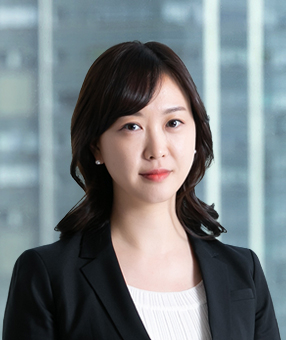The Korea Intellectual Property Office (KIPO) recently amended its Examination Guidelines on Similarity of Goods (the "Guidelines"). A notable change under this amendment relates to an adjustment to the scope of similarity between goods and services relating to "software."
KIPO utilizes "Similarity Codes" to define categories of broadly-similar goods and services, such that goods designated under the same Similarity Code are generally found to be similar for trademark registration purposes. Prior to the recent amendment, all software-related goods were determined to be similar as they share the same Similarity Code, but now, KIPO examiners will be required to consider several factors on a case-by-case basis when determining similarity between software-related goods and services. In particular, the "type" and "usage" of the software will be prioritized as factors to be considered. The amended Guidelines are intended to more adequately reflect the increasing complexity and diversity of software-related products in KIPO's practice, and thereby to allow applicants for trademarks on software-related goods and services to secure registrations more easily.
As part of this effort, under the amended Guidelines, descriptions will be required to clearly indicate the type and usage of software. Therefore, broad descriptions such as "computer software" or "recorded computer program" will no longer be accepted for registration. Further, the Guidelines add the following three sub-categories of software-related goods under the current Similarity Code for software-related goods: (1) System Software, (2) Application Software and (3) Game Software. Since software-related goods will be classified into sub-categories based on their described type of software, when determining similarity between two software-related goods, KIPO examiners will be able to refer to these sub-categories to help quickly identify goods that may be generally similar or dissimilar. Further, examiners will be required to primarily consider the usage of the relevant goods when determining similarity. For instance, "video game software" (which falls under the new Game Software sub-category) and "computer operating system software" (which falls under the new System Software sub-category) would likely have been considered similar under the old Guidelines (since they would be classified under the same Similarity Code), but would now likely be considered dissimilar since they are in different sub-categories. However, "software for education" and "industrial process control software" can also be considered dissimilar even though they are both classified as Application Software.
With respect to similarity between a software-related good and service (including services that are not limited only to software-related services), examiners also will be required to give priority to the usage of the goods/services rather than relying only on Similarity Codes or sub-categories. In addition to the usage of the goods/services, examiners will also consider other factors such as the providers of the goods/services; business places; consumers; the level of similarity between the marks, etc. Thus, for example, "video game software" and "development of data processing programs" are likely to be seen as dissimilar, while "software for screen golf games" and "business for operating screen golf centers" are likely to be seen as similar.
The amendments to the Guidelines are effective for all trademark applications filed on or after January 1, 2021. As these Guidelines are still new, it will be necessary to closely monitor the examination results going forward to see how the new rules will be implemented in practice.
Related Topics






